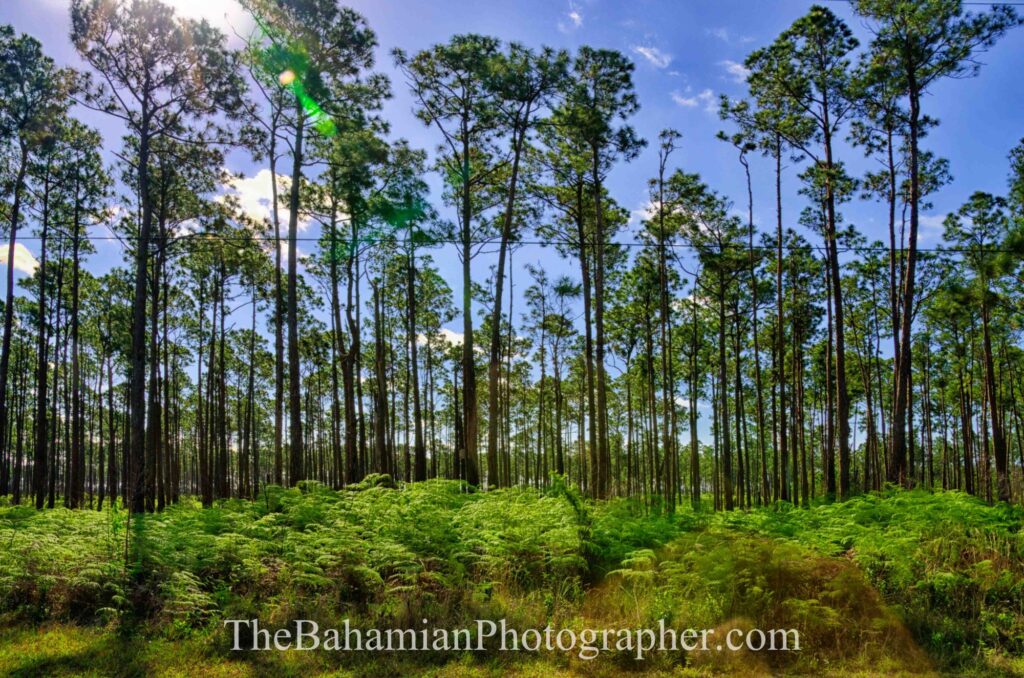
Bahamian Pine Yard
The Pine yard is also called. The Bahamian Pine, Pine Forest, Caribbean Pine, Yellow pine or its scientific name (Pinus caribaea var. bahamensis).
Pine forest can only be found in the northern islands of the Bahamas, namely the four islands of Grand Bahama, Abaco, Andros and New Providence.
There once was a time when some pine trees were also found in the Berry Islands. Although the pine forest are only found on four islands the diversity of each island brought about two ecosystems that occur around the Yellow Pine.
This includes different types of low lying plants and shrubs along with animals.
Pine Forest on Grand Bahama. Primarily contains Thatch (sisal) as the under bush. The sisal has the ability to grow in rocky areas unlike other undergrowth it survives on little soil.
Pine Forest on New Providence primarily contains a mixture of plants as its under bush.
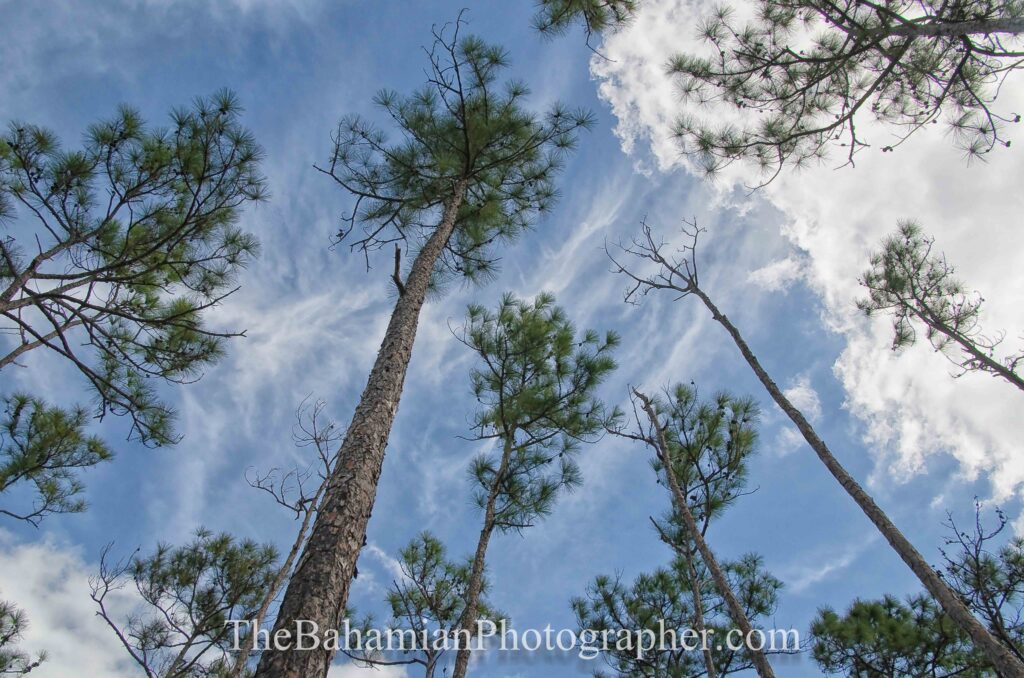
Unfortunately I had to postpone my trip to Andros to capture the pine forest there, so at this time I do not have any images of the forest of Andros and its under bush.
Both ecosystems consist of low shrubs but one is primarily made up of the sisal plant(Silver thatch palm and thatch) while the other consist mainly of ferns (Anemia and Southern Bracken Fern).
The bark of the tree is scaly and deeply furrowed. Its trunk is generally unbranched until it reaches a dense symmetrical crown. The wood is very hard, durable and coarse grained.
It is one of the hardest pines and is commonly used for hardwood flooring for high traffic areas.
The bark of the pine tree has no branches low to the ground.
This pine is demanding on its environment, it calls for strong sunlight which can be a task when competing with other plant life nearby.

Pine Forest and fires
There is a time however, when the yellow pine shines in its resilience. This time is during a forest fire. The Yellow pine forest is known as a fire climax community, this means it actually depends on forest fires to survive.
I was amazed when I found this out and was actually intrigued by this process. During fires the lower broad leafed shrubs are often destroyed by the fire but the pine trees actually resist the fire.
Their bark contains a resin that when heated explodes extinguishing any small fires that may have caught the bark.
The problem is that without fires the lower underbrush would overrun the forest and the smaller new growth pine will not be able to compete.
A Pine forest after a forest fire. The pine trees are still standing and strong but the under bush has been cleared allowing the pine trees to release their seeds and propagate new growth
The look of the bark of a burned pine tree. The normal scaly bark has been burned but the internal parts of the tree are protected.

Another look at the bark of the Yellow Pine tree on the road to recovery from a forest fire.
The strong resin of a cut yellow pine tree that had also been burned.
A look at the swelling of the resin inside the bark of the trunk before it burst to prevent the tree from being burned.
Fires occur naturally in these forest ensuring that they remain healthy. This usually happens about every 3-5 years from lighting strikes during storms.
The forest ground is usually covered in old and discarded pine needles and thatch palm, this makes for excellent fuel for forest fires. Un-natural fires are often caused by persons being careless and discarding bottles garbage that may have volatile materials in them.
Bottles left or discarded in the forest can start fires during the summer months. The bottles are covered by dried pine needles and when the sun heats the bottle to a certain temperature can cause combustion of the dried pine needles and leaves causing a forest fire.
Here you can see how well covered this discarded bottle is and also surrounded by fire fuel if it was to be heated.
A downed tree can also be fuel for fire in the pine forest but also contributes to replenishing vital nutrients to the soil for the under bush or potential pine seeds.
The plant is like most other pines that protect their seeds in a cone. The cone is oval shaped and it is not edible. Some people think it’s a nut but its actually just a woody type shell used to protect the actual seed.
The cone grows on the tree but when the seeds are matured enough for dispersal the tree cuts off the water supply to the cone causing it to open its wooden scales and expose the seeds.
The seeds themselves have little wings that help them disperse by the wind and find fertile ground.
Oval shaped pine cone discarded by its parent tree.
Although the pine cone has not been opened to allow the seed to spread, a fire can also cause the cone to open exposing the seeds. Those that are not consumed by the fire stand a chance of growing in the newly cleared ground.
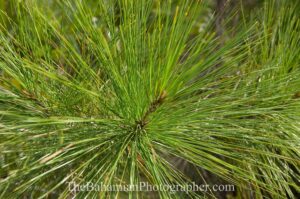
The pine needles of a young yellow pine tree.
A young sapling not to far from what may be its parent tree.
The pine was once commercialized in the Bahamas , during the 1900’s.
The first mill was located in Abaco and each time the virgin forest was cut in one area the mill moved to another area. By the 1960’s the only remaining virgin forest were located north of Crossing Rocks and a forest between Norman’s Castle and Marsh Harbour.
Subsequent mills were set up on Grand Bahama Andros and even a small one on the island of New Providence near Jack Pond, south of Gambier.
The number of plants and animals that call the Bahamian pine forest home are numerous. To give you an idea of what lies in these forest here is a list.
Pine Forest Plant Life
Bahama Buttercup, Black Torch, Lancewood, Bletia Orchid, Blolly, Cuddlefish, Century Plant Agave sp, Cinnecord Coontie, Five Finger, Sword bush, hardhead, Guanaberry Maidenhair Fern, Anemia Fern, Morning Glory, Passion Flower, Pineland Aster, Pineland Snowberry, Poisonwood, Silver thatch palm, Sky Vine, Wild Potato, Southern Bracken Fern, Star Sedge, Strongback, Thatch Palm, Wild Coffee, Wild Guava, Wild Sage, Wild Powderpuff.
Pine Forest Animals
Bahama Parrots, yellow birds and Swallows, humming birds, wood peckers, and Warblers, about seven species of lizards ranging from the rock iguanas of Andros to the curly tail lizards of Grand Bahama.
Three species of snakes including the Bahamian Boa. There are also a few invasive animals like the raccoon and wild boar. One specific insect that I have only seen in Grand Bahama is the Atala Hairstreak butterfly, however i’m not an expert so it can also be on other islands.
The plant life found in a pine forest on New Providence
The thatch (sisal) is used for decoration and some dry them out to make straw products.
The Bahamian pine forest are unique attracting visitors from around the world for hunting, and bird watching and even scientific studies.
Bahamians ought to know a little bit more about their environment and learn to appreciate its diversity.
Pine forest in the south western district of New Providence.
Sunset over the pine forest of Grand Bahama.

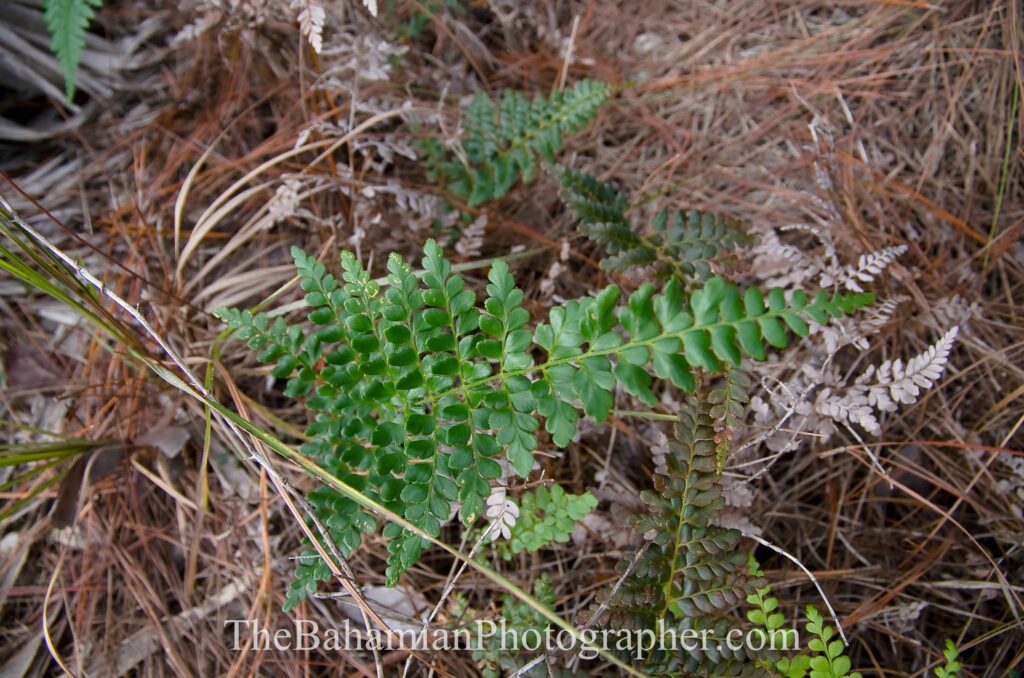

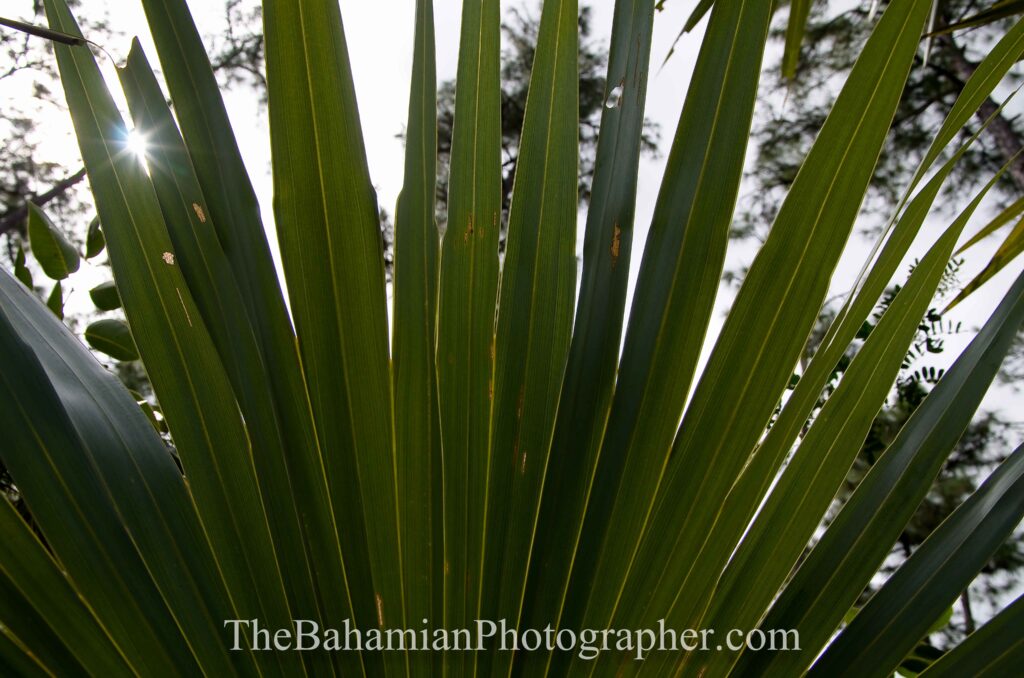
maybe i may have overlooked, but i wanted to know the lifespan of these pines
do you happen to know how long it took these pines forest to grow and about how old they may be ?
Hi, great article and photos of an ecosystem lacking good reference materials.
Common names are very contentious and change from one location to another. Referring to the Caribbean pine as “yellow pine” erroneously lumps it with a group of pines from the American south which it isn’t closely related to. Our unique Caribbean pines are an endemic subspecies to the Bahamas and Turks and Caicos, and are actually members of a species that colonised the islands via Cuba from Central America.
Also, “thatch” generally refers to our thatch palms, genera Thrinax and Coccothrinax. Sisal is an introduced agave from Mexico that was farmed to make fibre for rope, Agave sisalana.
Bahamian boas are a varied bunch, with each island grouping having an endemic species or subspecies. I think the pine islands of the archipelago have at least 5 separate boas (Caicos included).
I’m super appreciative of your efforts to raise awareness of this unique ecosystem, so thanks for that and please keep up the good work.
Thanks for your reply. Information is hard to find in the Bahamas. Im always appreciative and open to new info. Perhaps more studies and books need to be published to expand our knowledge. thanks again for your input and would be grateful for your insight into other articles.
That’s very true; common names for the same taxon occurring in different areas are often quite different. However, let me add that I believe it is not a good idea to “force” people in different regions to use the same common name (not to suggest that you or anyone else on this site is doing so; this is simply something I’ve noticed in other contexts). I also believe that it’s not essential for closely-related, similar species to have common names “assigned” to each of them when the lay public is incapable or uninterested in making such distinctions. For example, I work much with social wasps (primarily yellow jackets) and bumbles bees, and I’ve noticed that there has been a great attempt to assign common names to every species–probably no one in the field will ever use these names because specialists have the biological names and no one else cares about distinguishing the species. Common names should evolve naturally and not be “foisted” upon everyone.
Thanks for providing this additional information! I hope to visit the Bahamas to see these pine forests one of these years.
Hi, I am looking for Caribbean Pine in important quantities. Please contact me at your earliest time possible. Or guide to somebody’s name or ph number.
Carlos Rengifo
info@solarroofenergysolutions.com
Presently many of the forest in the Bahamas are protected by law. The few areas that are not are private property and wood would have to be negotiated with land owners. Im sorry I do not have any contacts for lumber of caribbean pine.
Great site and information within. Very clear photos. one question…is the Pinus caribaea the only type of Bahamian pine tree or the most dominant? and if there is another Bahamian pine tree, please identify. I know that the Casuarina pine trees are not Bahamian so I am clear on those.
As far as I am able to find out. It is the only indigenous pine found in the Bahamas. Your are also correct the casurina are not Bahamian. From what I know it originated near the pacific oceans but as you know the seeds are resilient and can float on water for months until it finds fertile ground or hitch a ride on boats and so many other ways.
Casuarina is not a true pine; in fact, it isn’t a conifer or even a gymnosperm. One of the common names (Australian pine) is due to its long almost leafless twigs looking like pine leaves (“needles”) and the small fruit resembling small pine cones.
you are so right Bob, thanks for chiming in.
You’re most welcome; I’m very interested in conifers so it’s my pleasure. I would like to visit the Bahamas to explore the pine forests, which are somewhat different from the ones I’ve explored in Florida and other states.